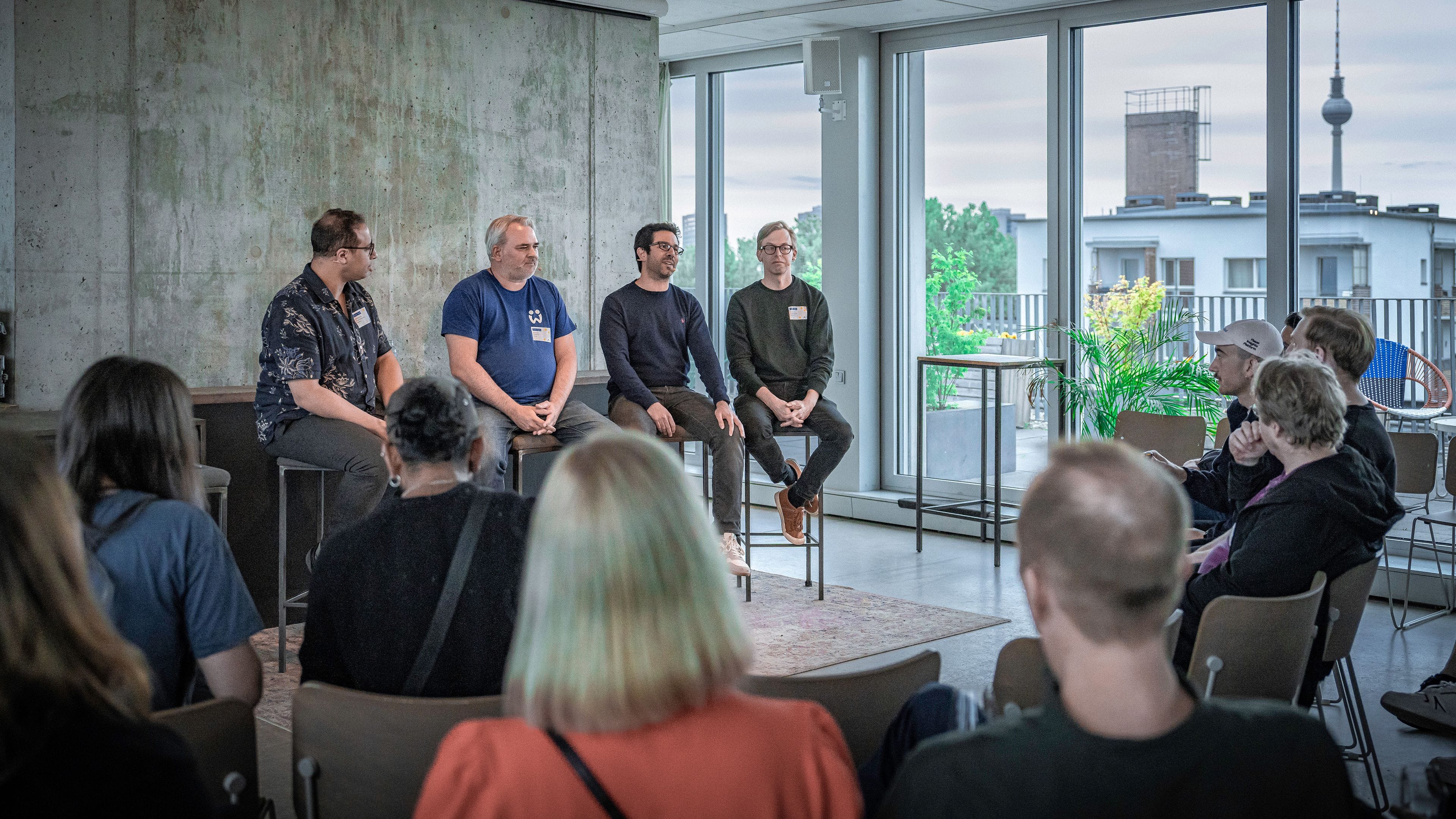
Core Talks: Scaling, fast and slow – the art and science of sustainably scaling live games


Second panel: Let's Talk About Scaling Games
Facilitator: Dish Eldishnawy, Product & Growth Lead @ Metacore
Panelists: Martin Müller, VP of Games @ Wooga
Albert Custodio, VP of Product & Analytics @ Kolibri Games
Mika Porspakka, Development Lead @ Metacore
Scaling, fast and slow – the art and science of sustainably scaling live games
The best mobile games thrive as live products, engaging audiences of even hundreds of millions. Keeping these players entertained and engaged presents an exhilarating challenge, demanding a unique approach to data, teamwork, and creativity.
We’ve gathered here insights and learnings on how to scale live games while maintaining the fine balance between creativity and data-drivenness. These insights were gathered at our Core Talks event in Berlin provided by our event panelists Martin Müller from Wooga, Albert Custodio from Kolibri Games, and our own Mika Porspakka.
Bridging data insights with creative ideas
Operating and growing a live game in today's industry undeniably requires extensive data. Player demographics, in-game activity, and engagement metrics are essential for validating hypotheses and guiding the development process. However, relying solely on data can lead to a narrow focus. While data provides valuable insights, creating truly engaging and enjoyable experiences for players also requires creativity.
To effectively combine data and creativity, it’s essential to establish clear objectives and a framework to support them. This approach gives teams the freedom to come up with and execute creative ideas that align with the overall goals. By doing so, teams can concentrate on developing entertaining content while ensuring their efforts are aligned with the strategic direction of the game. Balancing data and creativity encourages new ideas and improves the player experience, leading to a happier team with rewarding creative work, and a more successful game.
Emphasize internal communication and clear roles
Once a game launches, the team often expands significantly. New members are onboarded, and original team members may take on new roles. This means that responsibilities and the team’s collective vision need to be crystal clear to everyone.
As the game and team evolve, it becomes equally important to maintain a clear vision for both. Equally important is internal communication and sharing the vision and direction with the team.
Live games often need more features than a small team can handle, requiring new team members with specific expertise – the content for live games must remain relevant for years, which may demand skills the original team lacks. The growing team also requires new structures, which can create friction as new members join and information flow changes. Establishing new working methods and structures that support larger goals while ensuring psychological safety for all team members is key.
Ultimately, it all boils down to fostering a culture of trust within the team. A critical part of this is providing context for decisions. Passionate teams rarely fall apart due to structures and processes. But teams where people no longer feel committed or feel like they’re part of something bigger and meaningful, do.
Keep your game fun and profitable with Live Ops
When scaling a game, it’s crucial to target both engagement and monetization simultaneously, with a Live Ops approach supporting this balance.
Always start by focusing on fun and entertainment, as these elements draw people to the game and keep them coming back. A game that is engaging allows you to find the sweet spot for monetization since excited players are often willing to pay to progress faster or enhance their gaming experience.
Throughout the game’s life cycle, keep a steady balance between content geared towards monetization and engagement. Instead of a constant stream of new features, Live Ops ensures the game feels both fresh and familiar to players every day. Establish a steady structure so players know when to expect new content. Successful games keep their content flowing so that familiar content and events still offer something new and exciting.
Get creative with user acquisition
Operating a live game involves user acquisition, a challenging task that seems to get tougher each year. Costs of user acquisition seem to rise by 10–15% annually, necessitating an equivalent increase in efficiency just to keep up. With costs likely to continue climbing, exploring different strategies for user acquisition is crucial.
Effective methods can include branding, leveraging IPs, smart collaborations, and fostering communities. Focus on your loyal players and long-term player relationships to create a sustainable growth model that attracts new users. This approach will become increasingly important in the future.
Looking for learnings and know-how on building new games? The first part of our Core Talks event in Berlin was all about that – check out our blog post 'From Scratch to Scale'.
Related content

